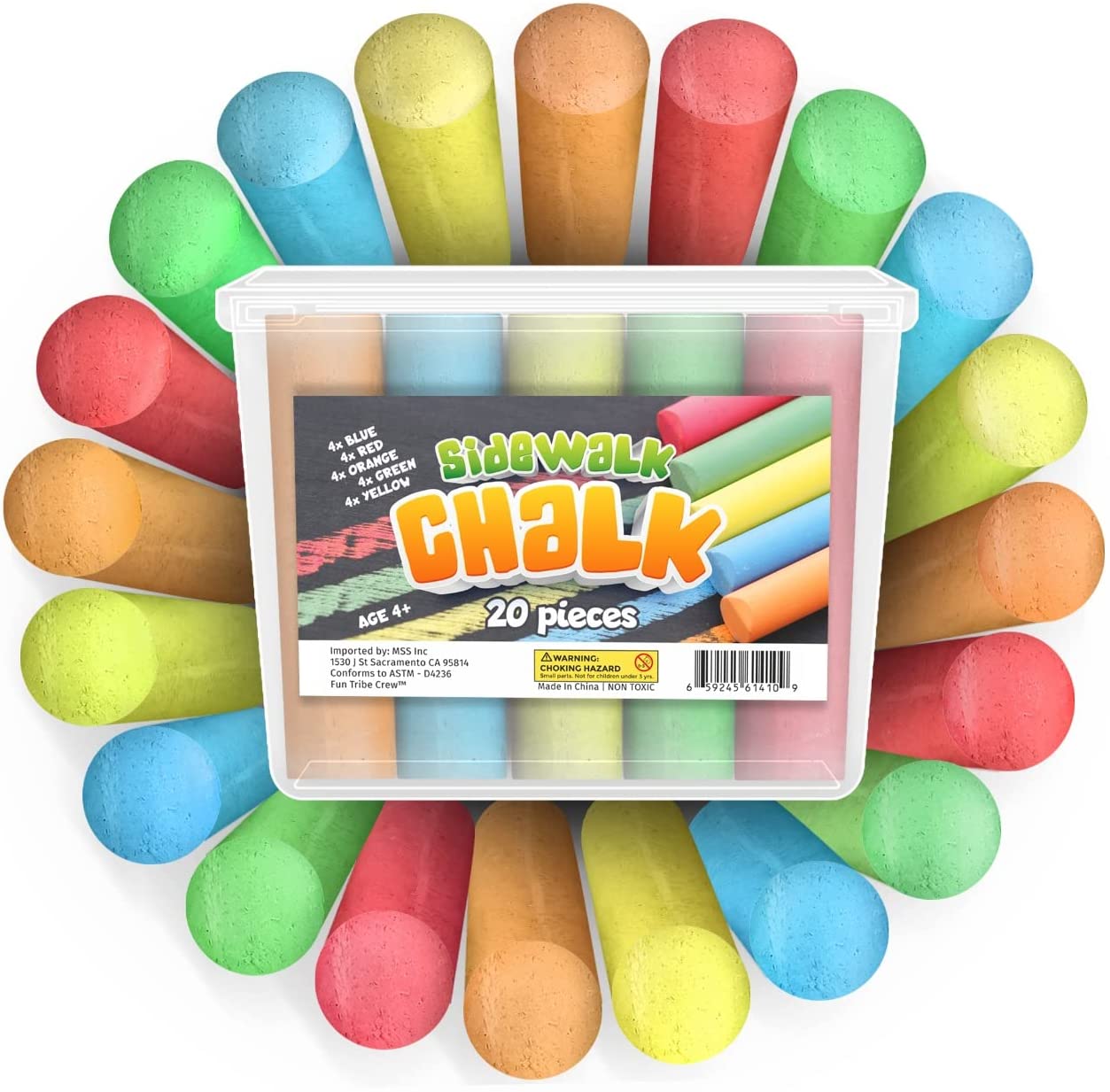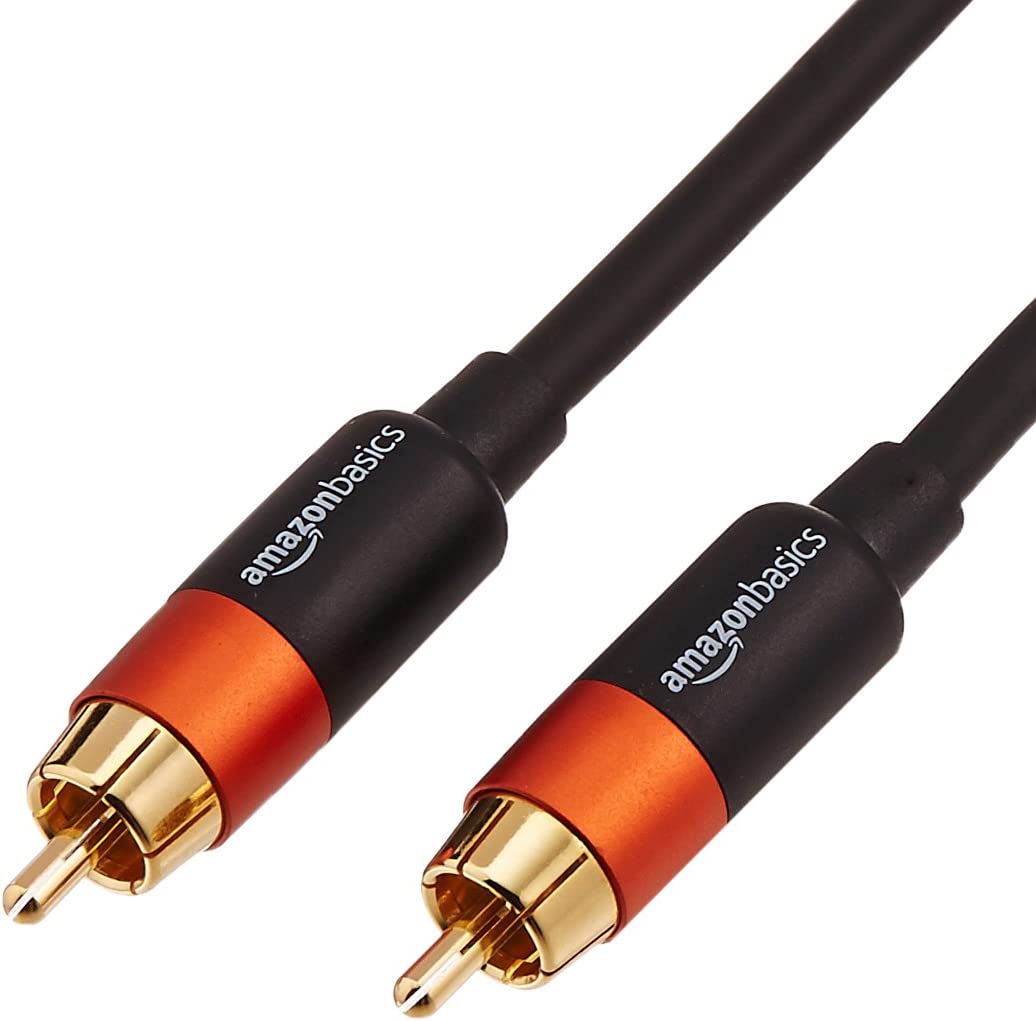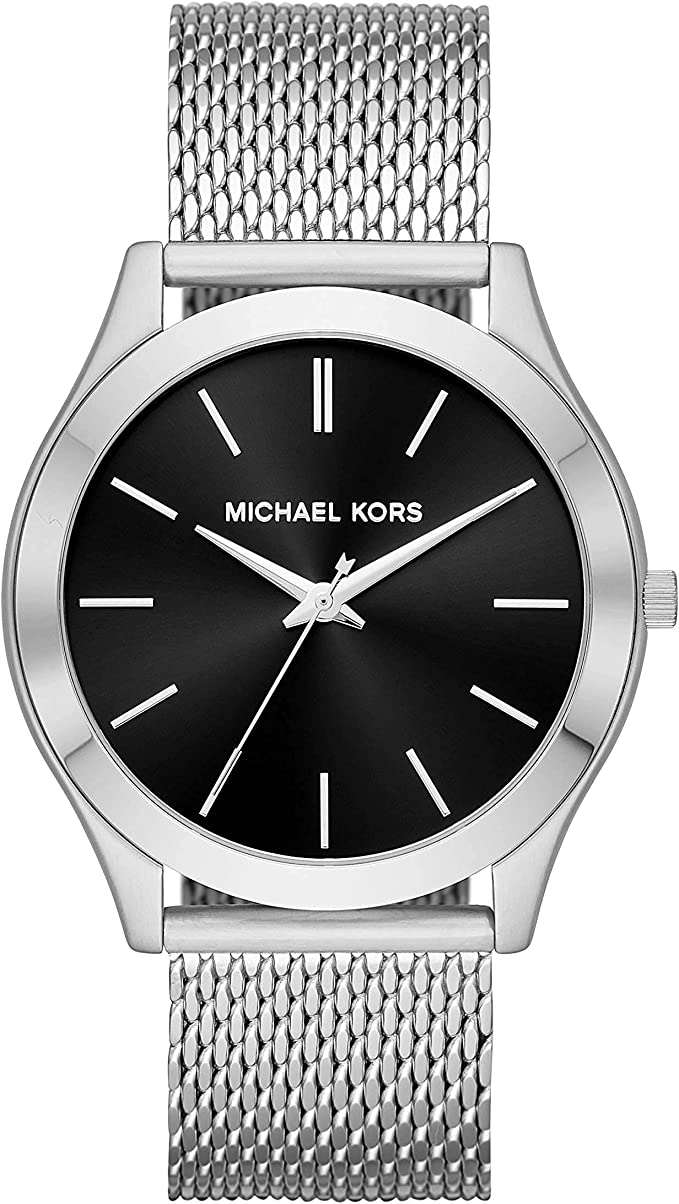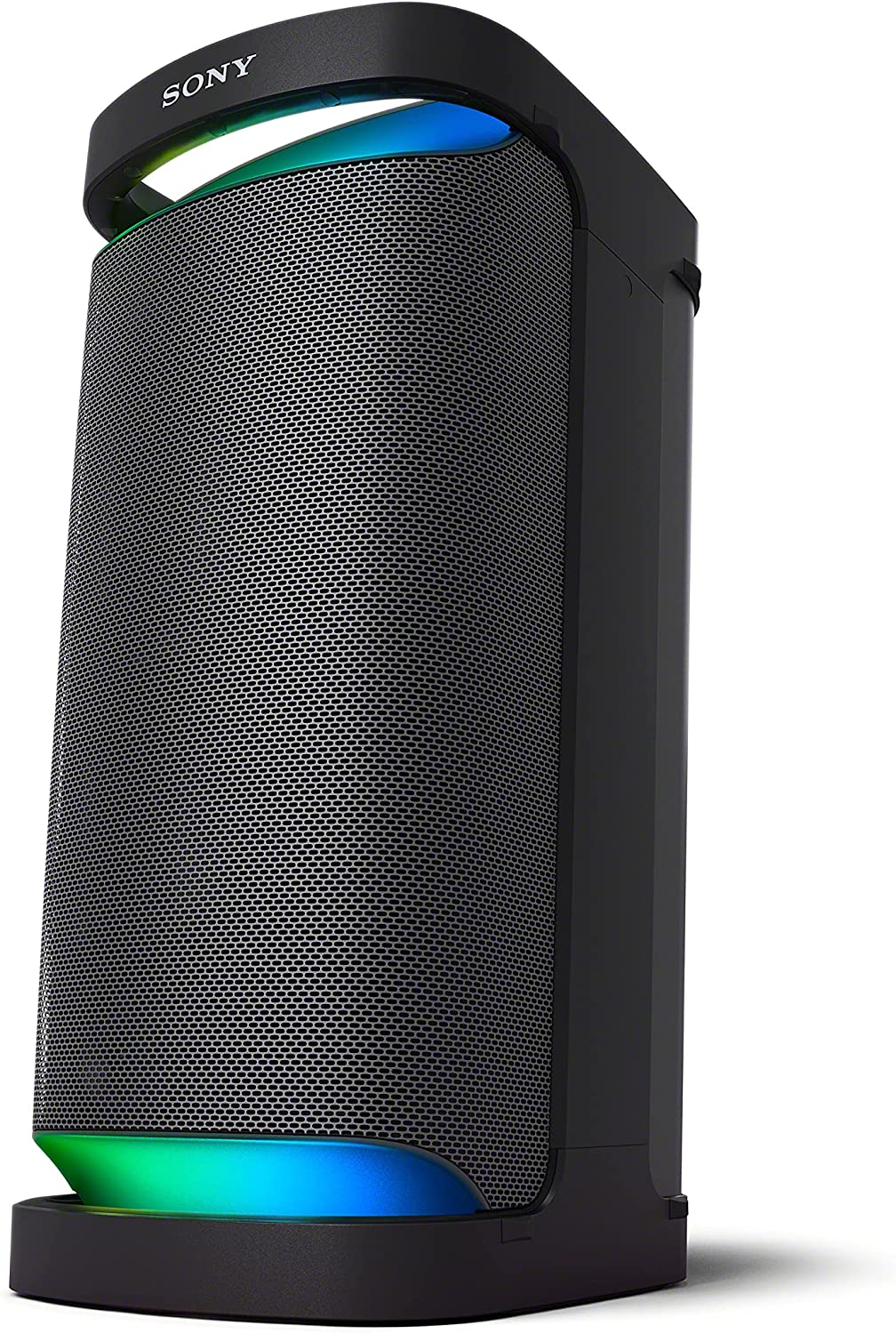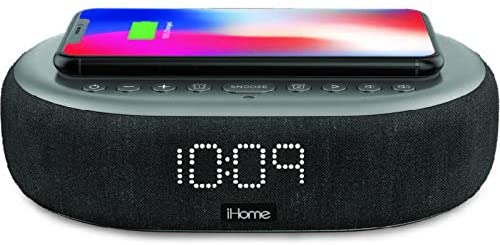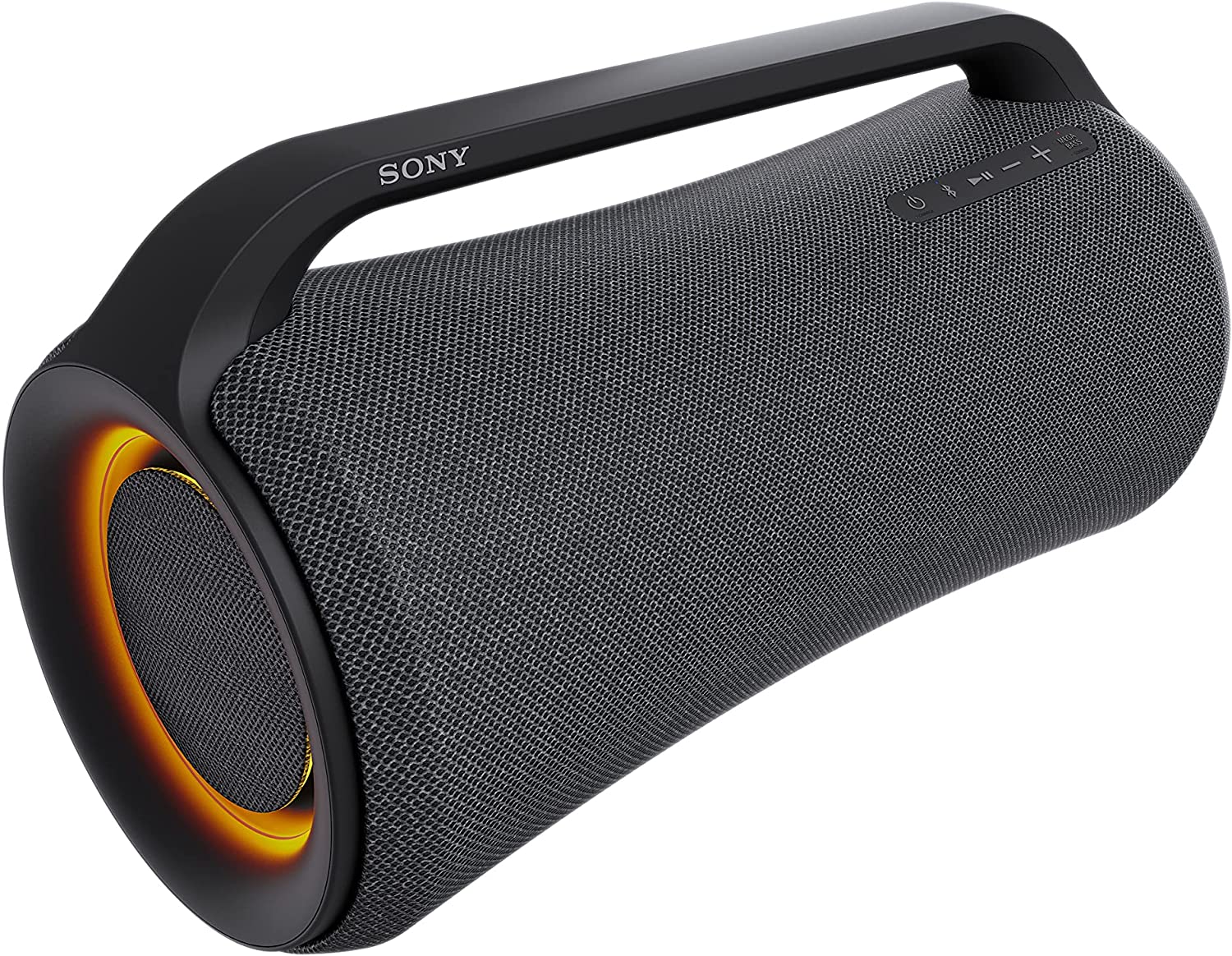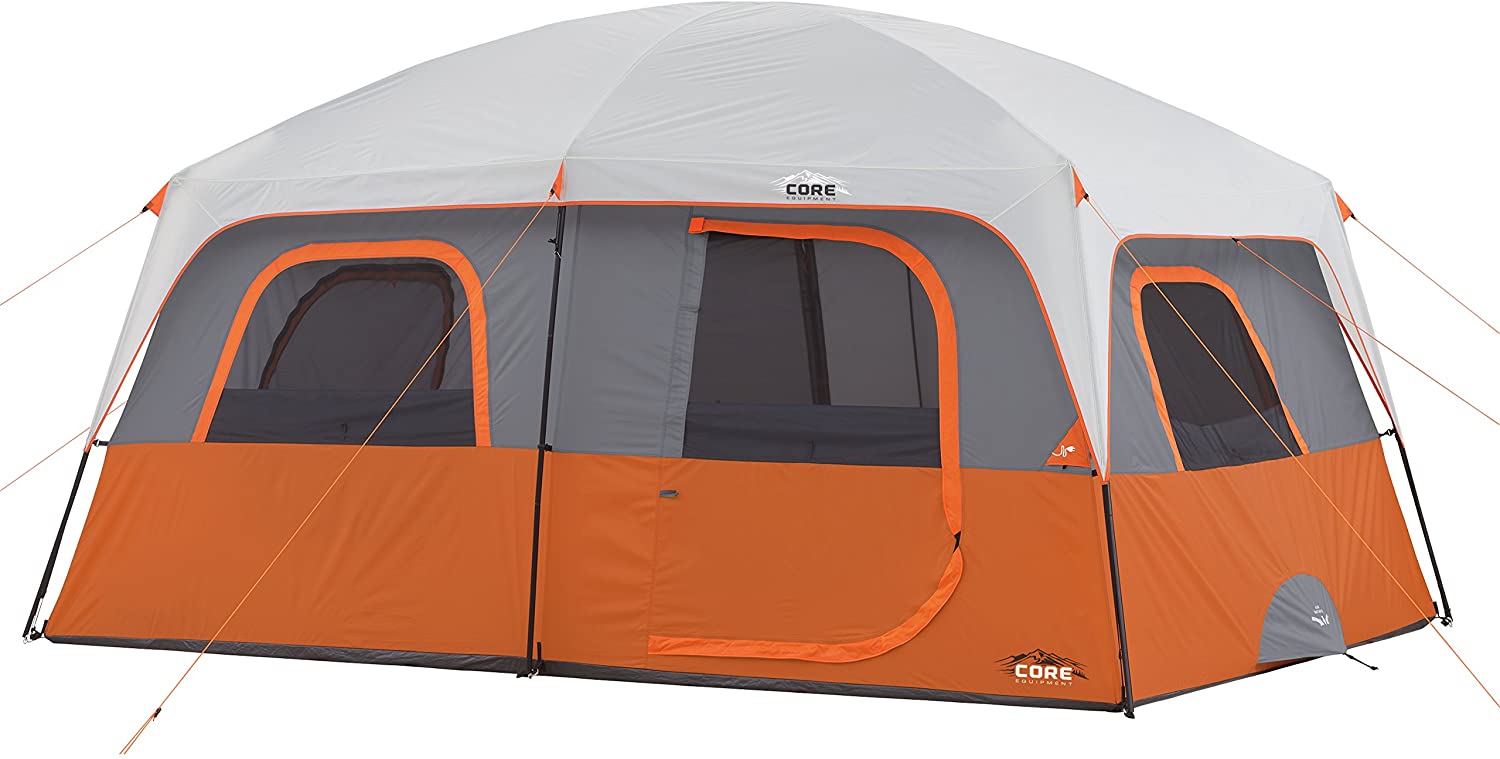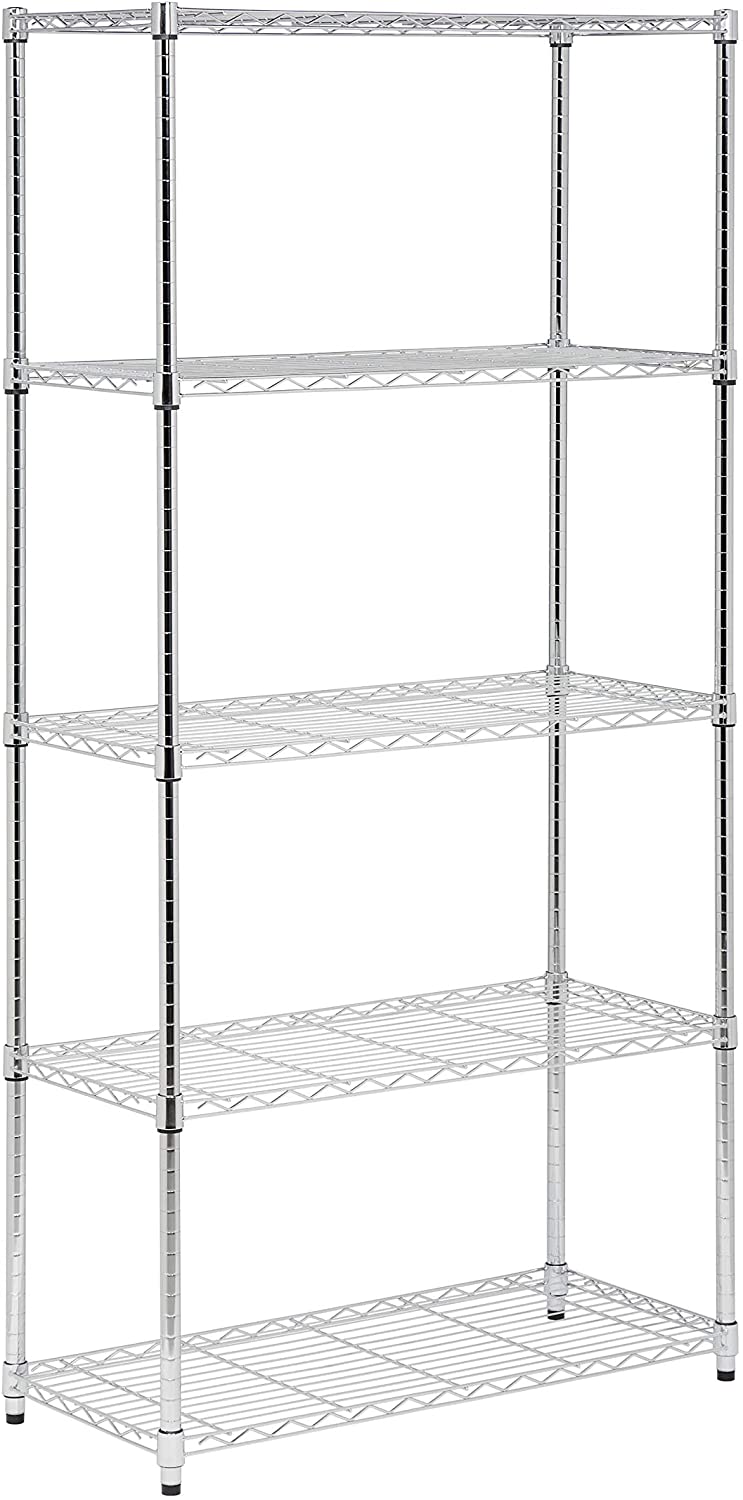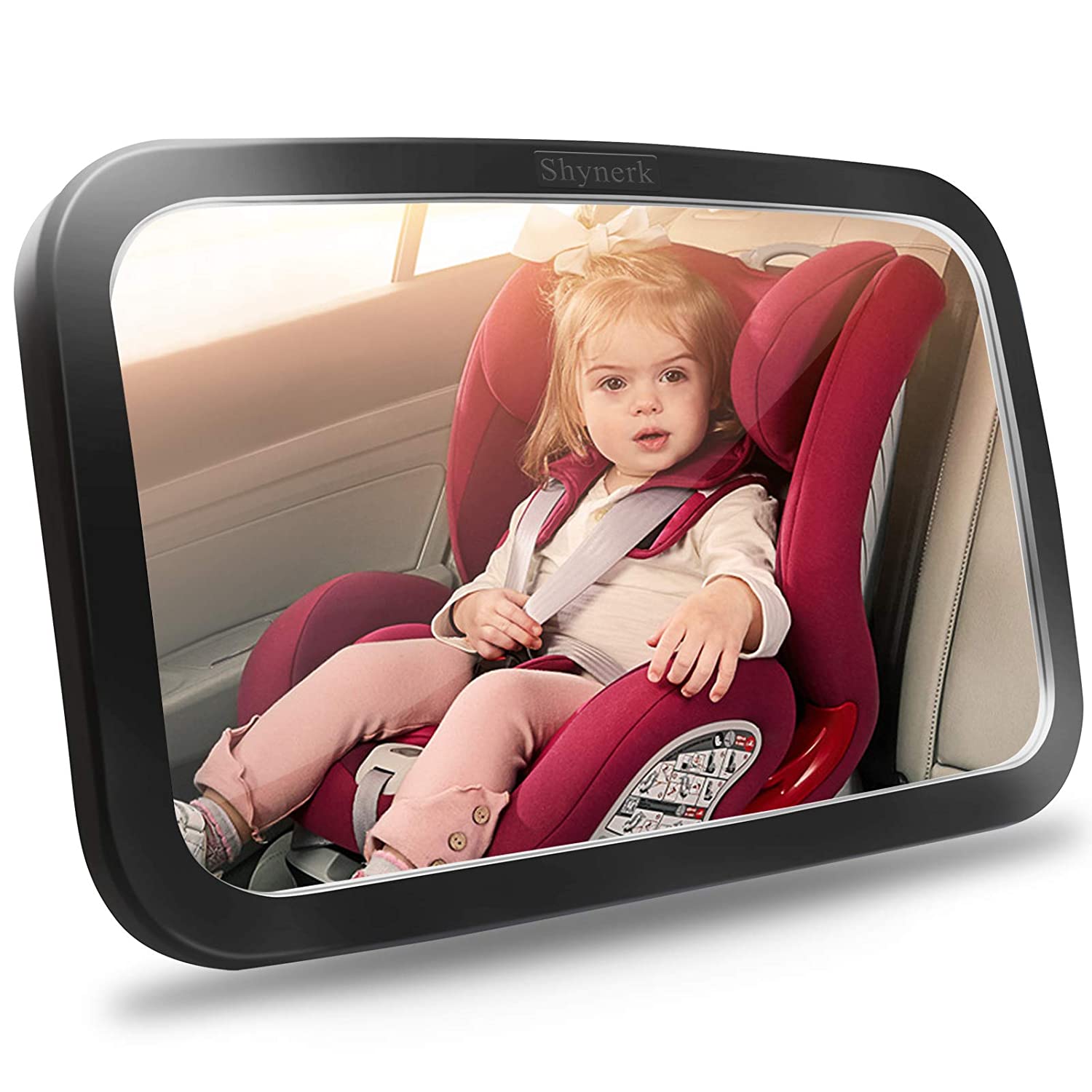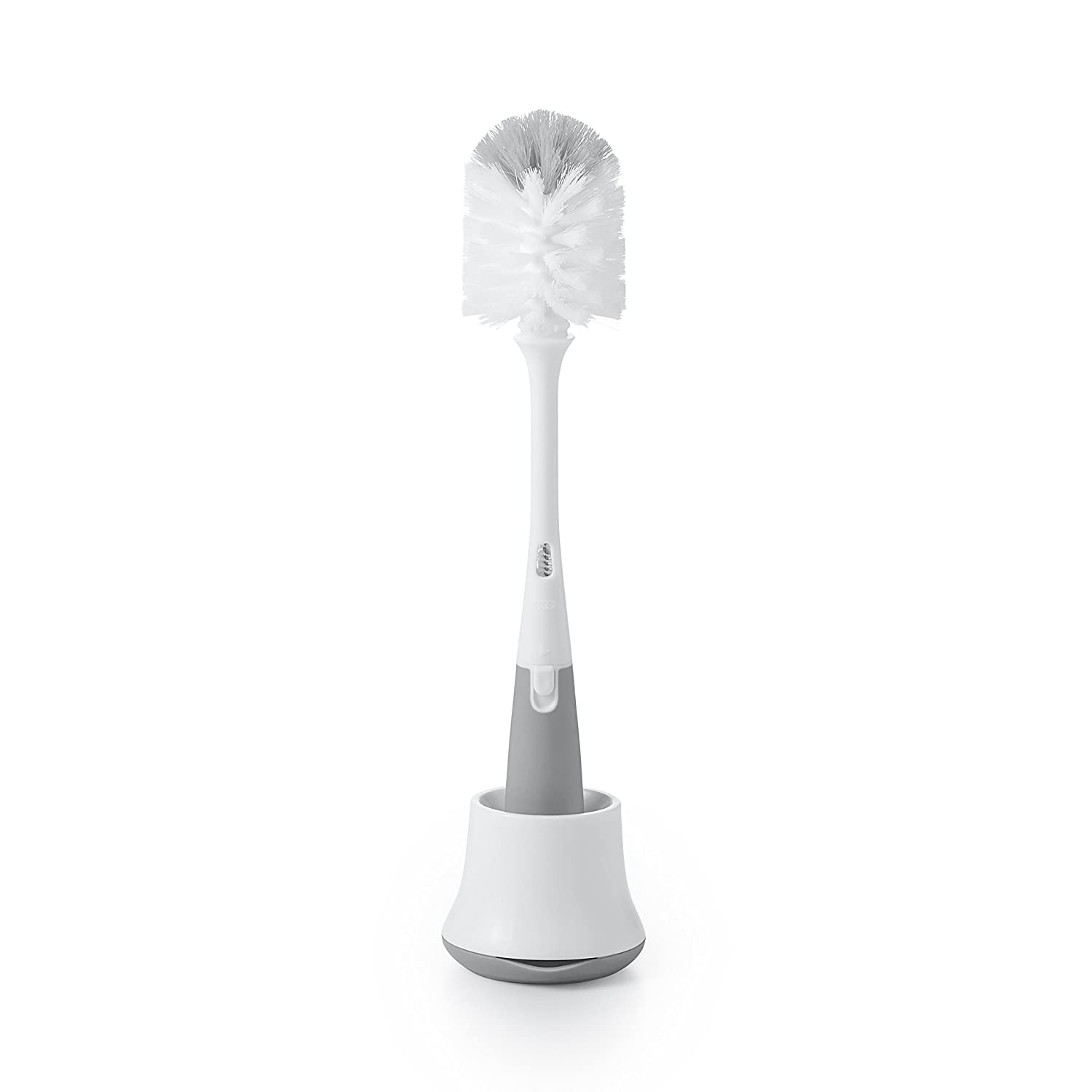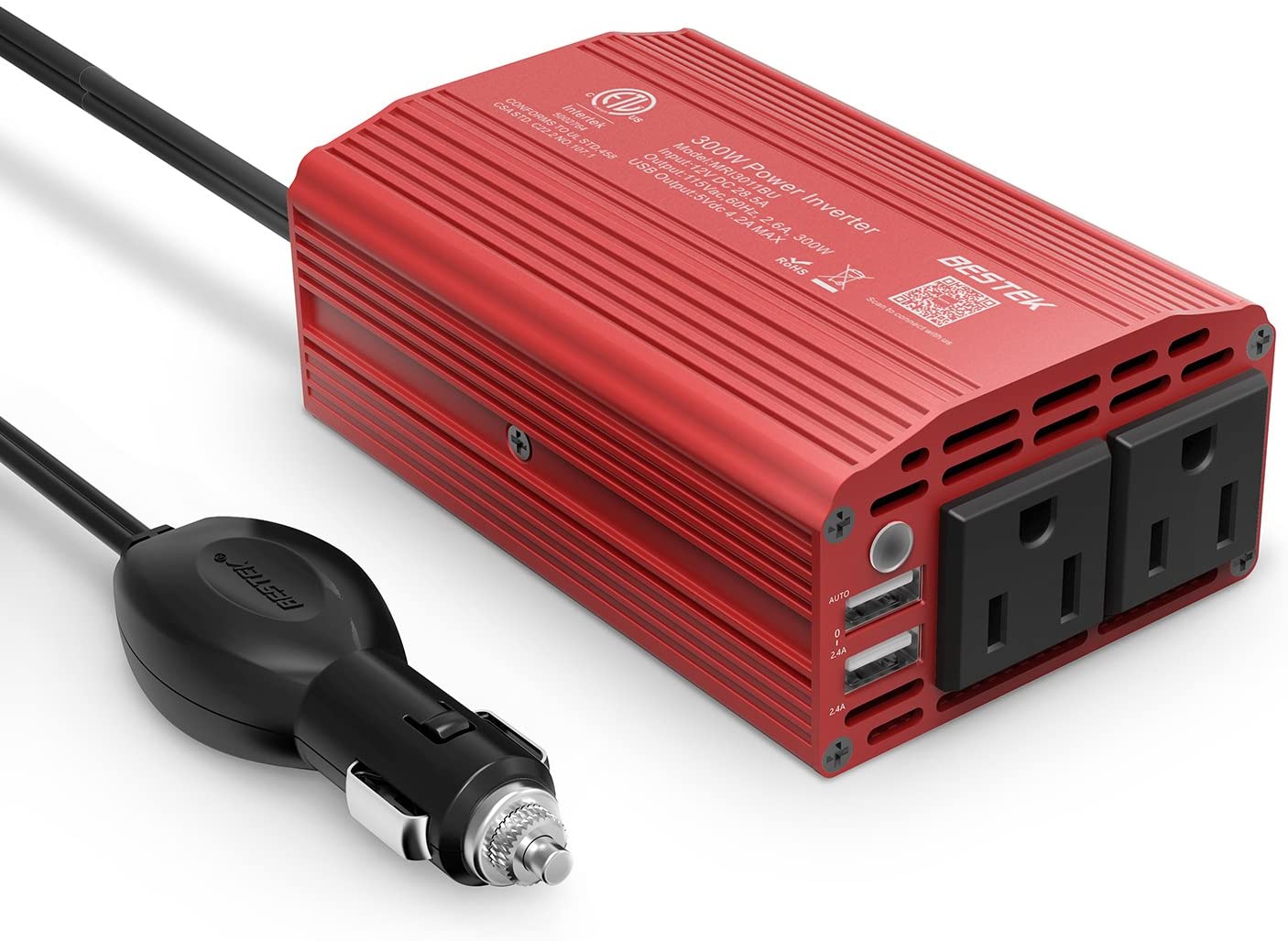The Importance of Properly Mounting a Detachable Camera Flash
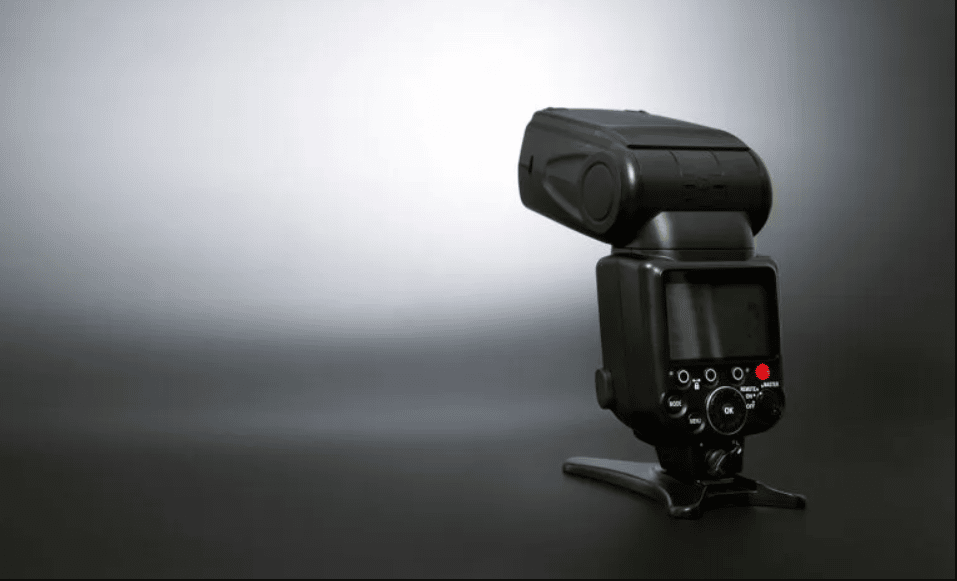
Are You Tired of Lackluster Photos Due to Poor Lighting?
Have you ever wondered how professional photographers achieve that perfect balance of light and shadow in their shots? The key is in properly mounting a detachable camera flash. By understanding the basics of flash positioning and the role of flash in low-light photography, you can elevate your photography game and achieve professional-quality results. From portrait photography to action and sports shots, a properly mounted detachable flash can make all the difference. Don’t settle for mediocre photos, learn the best practices for detachable flash setup today!
Table of Contents
- Understanding the Basics of Detachable Camera Flash
- The Importance of Proper Flash Positioning
- How to Achieve Professional-Quality Lighting
- The Role of Flash in Low-Light Photography
- The Benefits of a Detachable Flash
- How to Achieve the Perfect Flash-To-Subject Distance
- Common Mistakes to Avoid When Mounting a Flash
- How to Choose the Right Flash for Your Camera
- Tips for Using a Detachable Flash in Portrait Photography
- The Impact of Flash on Color and Contrast
- The Pros and Cons of Built-in vs Detachable Flashes
- How to Use a Detachable Flash for Action and Sports Photography
- The Different Types of Flash Mounts
- How to Use a Detachable Flash with a Reflector
- The Impact of ISO and Aperture on Flash Photography
- How to Use a Detachable Flash in Macro Photography
- Using a Detachable Flash With a Diffuser
- How to Achieve Creative Lighting Effects With Detachable Flash
- How to Use a Flash in Outdoor Photography
- The Importance of Flash Sync Speed
First of all, let’s talk about why flash is important in the first place. When you’re taking pictures in low-light situations, you want to make sure that your subject is well-lit. But sometimes, the light just isn’t good enough. That’s where flash comes in. By using a flash, you can add extra light to your picture and make sure that your subject is well-lit.
But it’s not just about using flash, it’s also about how you use it. That’s where proper flash positioning comes in. When you’re mounting your flash, you want to make sure that it’s in the right place. If it’s too high or too low, it can create shadows that you don’t want. But if it’s in the right place, it can create beautiful, professional-looking photos.
Another important thing to keep in mind is the flash-to-subject distance. This is the distance between the flash and the subject. If the flash is too close or too far away, it can create problems with the lighting. So, it’s important to pay attention to this distance and make sure that it’s correct.
Understanding the Basics of Detachable Camera Flash
When it comes to taking great photos, lighting is everything. And one of the best ways to control the lighting in your photos is by using a detachable camera flash. A flash is a small, portable light that attaches to the top of your camera and helps to illuminate your subject. It’s a great tool for low-light situations, and can also be used to create dramatic effects in your photos. But before you start using a flash, it’s important to understand the basics of how it works.
The Importance of Proper Flash Positioning
One of the most important things to keep in mind when using a flash is proper positioning. If your flash is pointed in the wrong direction, or is too close or too far away from your subject, you’ll end up with poorly lit photos. In order to achieve the best results, your flash should be positioned at a 45-degree angle to your subject, and should be about 3-5 feet away. Additionally, you should always be aware of any nearby walls or surfaces that could reflect light back onto your subject and cause unwanted shadows.
How to Achieve Professional-Quality Lighting
One of the keys to taking great photos is achieving professional-quality lighting. And with a detachable camera flash, you can do just that. By using your flash to illuminate your subject, you can eliminate unwanted shadows, add depth and dimension to your photos, and create a more pleasing overall look. Additionally, by experimenting with different flash angles and distances, you can achieve a wide range of lighting effects, from dramatic and moody, to soft and natural.
The Role of Flash in Low-Light Photography
Flash photography is especially useful in low-light situations, when the available light is not enough to properly illuminate your subject. A flash can help to fill in the shadows and bring out the details in your photos, even in the darkest of environments. Additionally, by adjusting the power and angle of your flash, you can create a wide range of lighting effects, from dramatic and moody, to soft and natural
The Benefits of a Detachable Flash
A detachable flash offers a number of benefits over built-in flashes. For one, they are more powerful, and can therefore provide more light to your subject. Additionally, they are more versatile and can be positioned at different angles and distances from your subject. This allows you to achieve a wider range of lighting effects and control the overall look of your photos. Detachable flashes also allow for more creative control over your photography.
How to Achieve the Perfect Flash-To-Subject Distance
Achieving the perfect flash-to-subject distance is key to getting well-lit photos. If your flash is too close to your subject, you’ll get washed out and overexposed images. On the other hand, if it’s too far away, your photos will be too dark. A good rule of thumb is to position your flash about 3-5 feet away from your subject, at a 45-degree angle. This will give you the ideal balance of light and shadow. Additionally, you should always be aware of any nearby walls or surfaces that could reflect light back onto your subject and cause unwanted shadows
Common Mistakes to Avoid When Mounting a Flash
Mounting a flash might seem like a simple task, but there are a few common mistakes that can lead to poorly lit photos. One of the most common mistakes is not positioning the flash at a 45-degree angle to the subject. This can cause unwanted shadows and uneven lighting. Another mistake is not being aware of nearby surfaces that could reflect light back onto the subject, causing unwanted reflections. Additionally, not testing the flash power and distance before taking the photo can also lead to poorly lit shots.
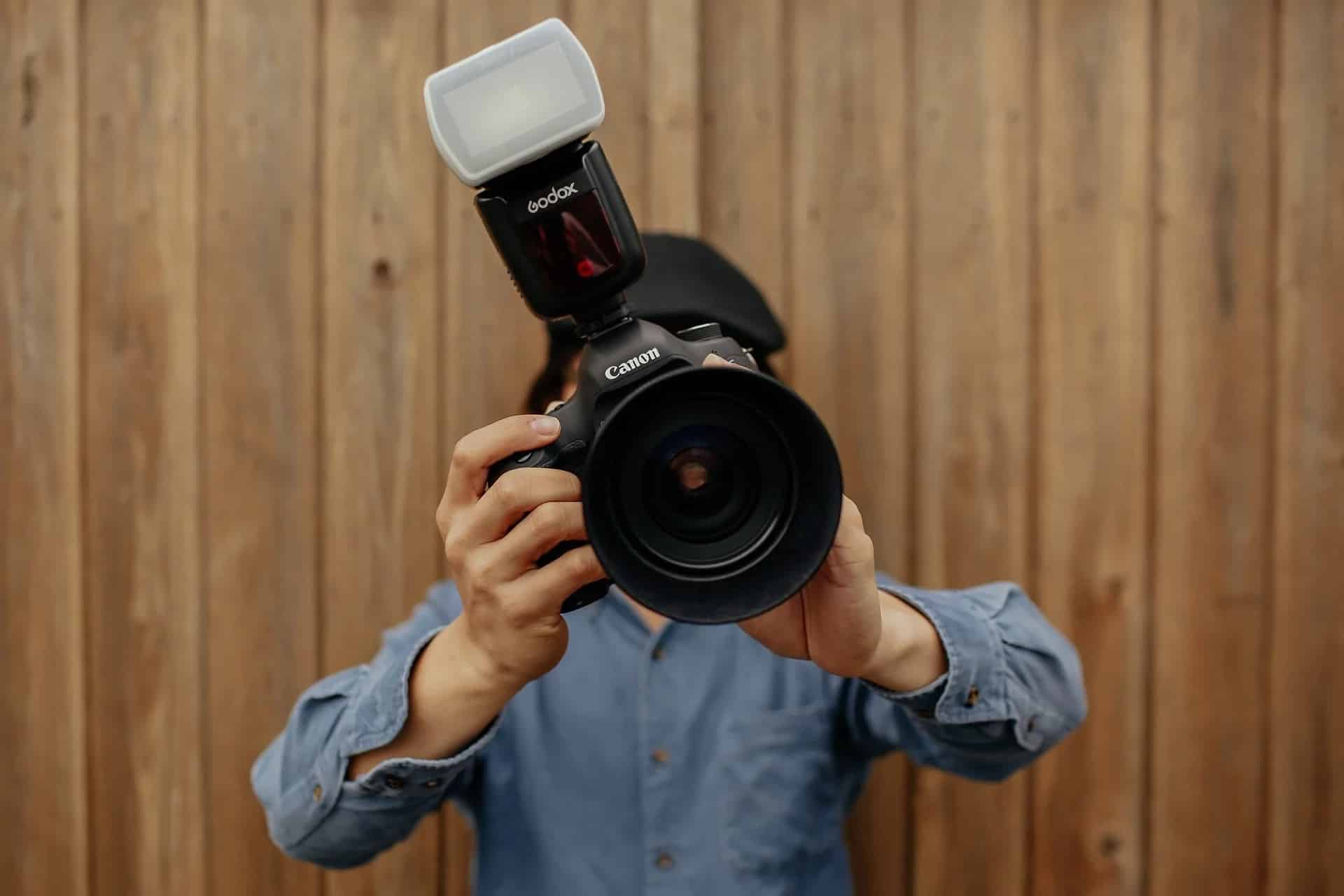
How to Choose the Right Flash for Your Camera
Not all flashes are created equal, and choosing the right one for your camera can make a big difference in the quality of your photos. When choosing a flash, it’s important to consider the type of photography you’ll be doing, as well as your budget. For example, if you’re a professional photographer, you’ll likely want a high-powered flash with a wide range of features. On the other hand, if you’re just getting started with flash photography, you may want to choose a more affordable option with fewer features
Tips for Using a Detachable Flash in Portrait Photography
Portrait photography is one area where a detachable flash can be especially useful. By illuminating your subject’s face, you can eliminate unwanted shadows and bring out the details in their features. Additionally, by adjusting the power and angle of your flash, you can create a wide range of lighting effects, from dramatic and moody, to soft and natural. To get the best results with your flash, it’s important to position it at a 45-degree angle to your subject and about 3-5 feet away. You can also experiment with different flash diffusers to soften the light and create a more natural look.
The Impact of Flash on Color and Contrast
Flash photography can have a big impact on the color and contrast of your photos. By illuminating your subject, a flash can help to bring out the details and make your photos more vibrant and engaging. Additionally, by adjusting the power and angle of your flash, you can create a wide range of lighting effects, from dramatic and moody, to soft and natural. However, if not used properly, flash can also cause unwanted color casts and harsh shadows. To avoid these issues, it’s important to understand how your flash affects the color and contrast of your photos, and to experiment with different settings and techniques.
The Pros and Cons of Built-in vs Detachable Flashes
When it comes to flash photography, you have the option of using a built-in flash or a detachable flash. Both have their own set of pros and cons. Built-in flashes are convenient and easy to use, but they are generally less powerful and less versatile than detachable flashes. On the other hand, detachable flashes offer more power and versatility, but they can be more expensive and require more setup. Ultimately, the choice between built-in and detachable flashes will depend on your specific needs and preferences.
How to Use a Detachable Flash for Action and Sports Photography
Capturing fast-moving action and sports requires quick thinking and a good understanding of flash photography. A detachable flash can help you to freeze the action and illuminate your subject, even in low-light conditions. To get the best results, you’ll want to use a fast shutter speed and a low ISO setting. Additionally, you should position your flash at a 45-degree angle to your subject, and experiment with different flash powers and distances.
The Different Types of Flash Mounts
There are several different types of flash mounts available, each with their own set of benefits and drawbacks. The most common type of flash mount is a hot shoe, which attaches directly to the top of your camera. Another option is a bracket mount, which attaches to the side of your camera and allows for more flexibility in positioning the flash. Additionally, some cameras also have built-in flash mounts.
How to Use a Detachable Flash with a Reflector
A reflector is a great tool for bouncing light back onto your subject and filling in unwanted shadows. When used in conjunction with a detachable flash, a reflector can help you to achieve a wider range of lighting effects and control the overall look of your photos. To use a reflector with your flash, simply position the reflector opposite the flash and adjust the angle and distance of the flash to achieve the desired effect.
The Impact of Iso and Aperture on Flash Photography
ISO and aperture settings can have a big impact on the quality of your flash photos. A high ISO setting can result in grainy and noisy images, while a low ISO setting can help to keep your images sharp and clear. Similarly, a wide aperture can help to achieve a shallow depth of field and isolate your subject, while a narrow aperture can help to keep everything in focus. It’s important to experiment with different ISO and aperture settings to find the right balance for your specific shooting situation.
How to Use a Detachable Flash in Macro Photography
Macro photography is all about getting up close and personal with your subject. A detachable flash can be a great tool for illuminating your subject and bringing out the details, even in low-light conditions. To get the best results, you’ll want to position your flash as close to your subject as possible and use a low ISO setting. Additionally, you should experiment with different flash powers and distances to achieve the desired effect.
Using a Detachable Flash With a Diffuser
A flash diffuser is a great tool for softening the light and creating a more natural look. When used in conjunction with a detachable flash, a diffuser can help you to achieve a wider range of lighting effects and control the overall look of your photos. To use a diffuser with your flash, simply attach it to the front of the flash and adjust the angle and distance of the flash to achieve the desired effect.
How to Achieve Creative Lighting Effects With Detachable Flash
A detachable flash is a versatile tool that can be used to achieve a wide range of lighting effects. By adjusting the power, angle, and distance of the flash, you can create a dramatic and moody look, or a soft and natural look. Additionally, by using different flash modifiers like diffusers, snoots, or gels, you can achieve even more creative effects.
How to Use a Flash in Outdoor Photography
Outdoor photography can be challenging, especially in bright sunlight. However, by using a detachable flash, you can add fill light to your subject and eliminate unwanted shadows. Additionally, by using a flash in outdoor photography, you can achieve a more pleasing balance of light and shadow, and create a more dynamic image.
The Importance of Flash Sync Speed
Flash sync speed is the maximum shutter speed at which a camera’s flash can be used. It is important to keep in mind that using a shutter speed that is too high with a flash can result in an underexposed image. Therefore, it is important to check your camera’s flash sync speed and adjust your shutter speed accordingly.
In conclusion, using a detachable flash can help you achieve professional-quality lighting and images, but it’s important to pay attention to the basics of flash positioning, flash-to-subject distance, and the role of flash in low-light photography. With a little bit of practice, you’ll be taking amazing pictures in no time!


